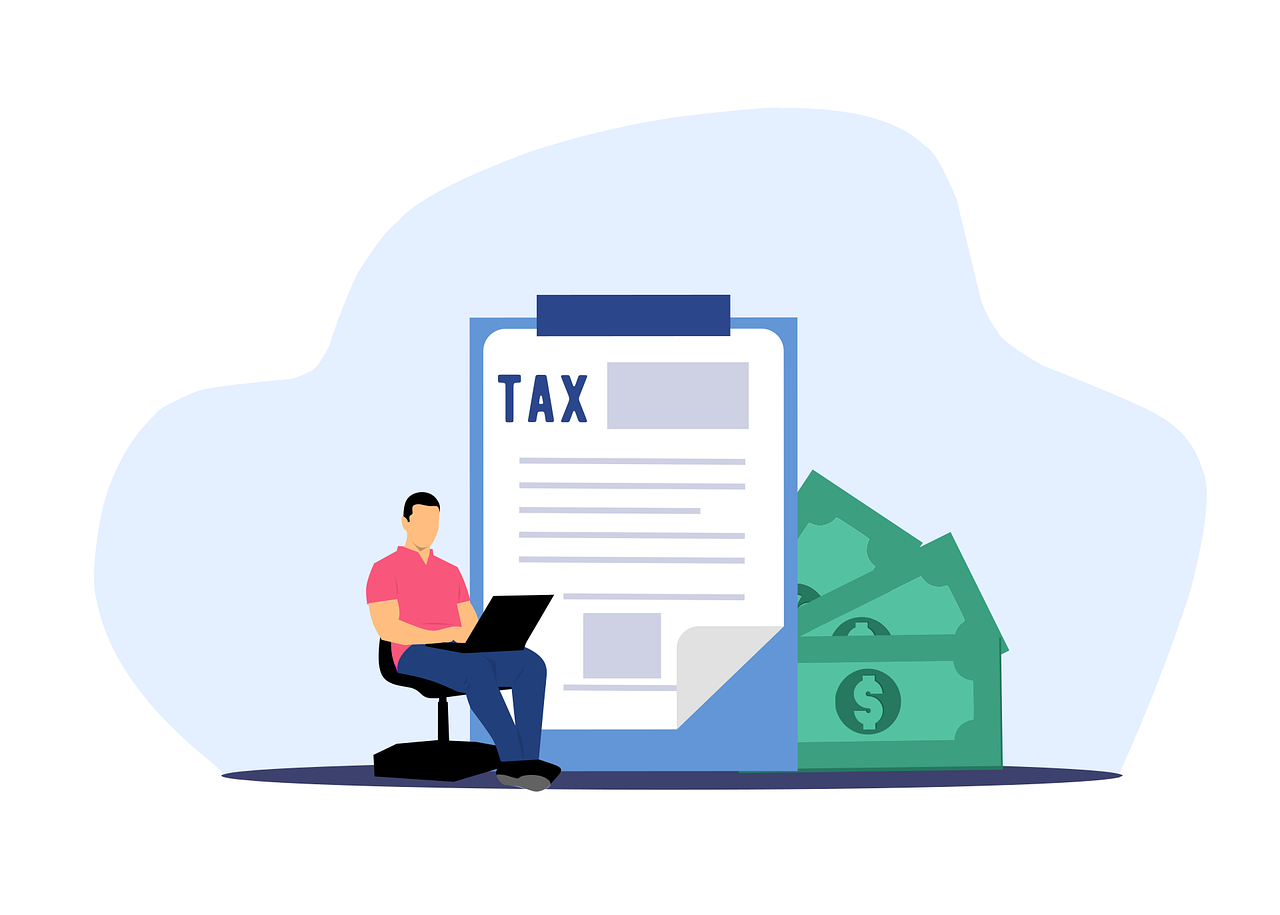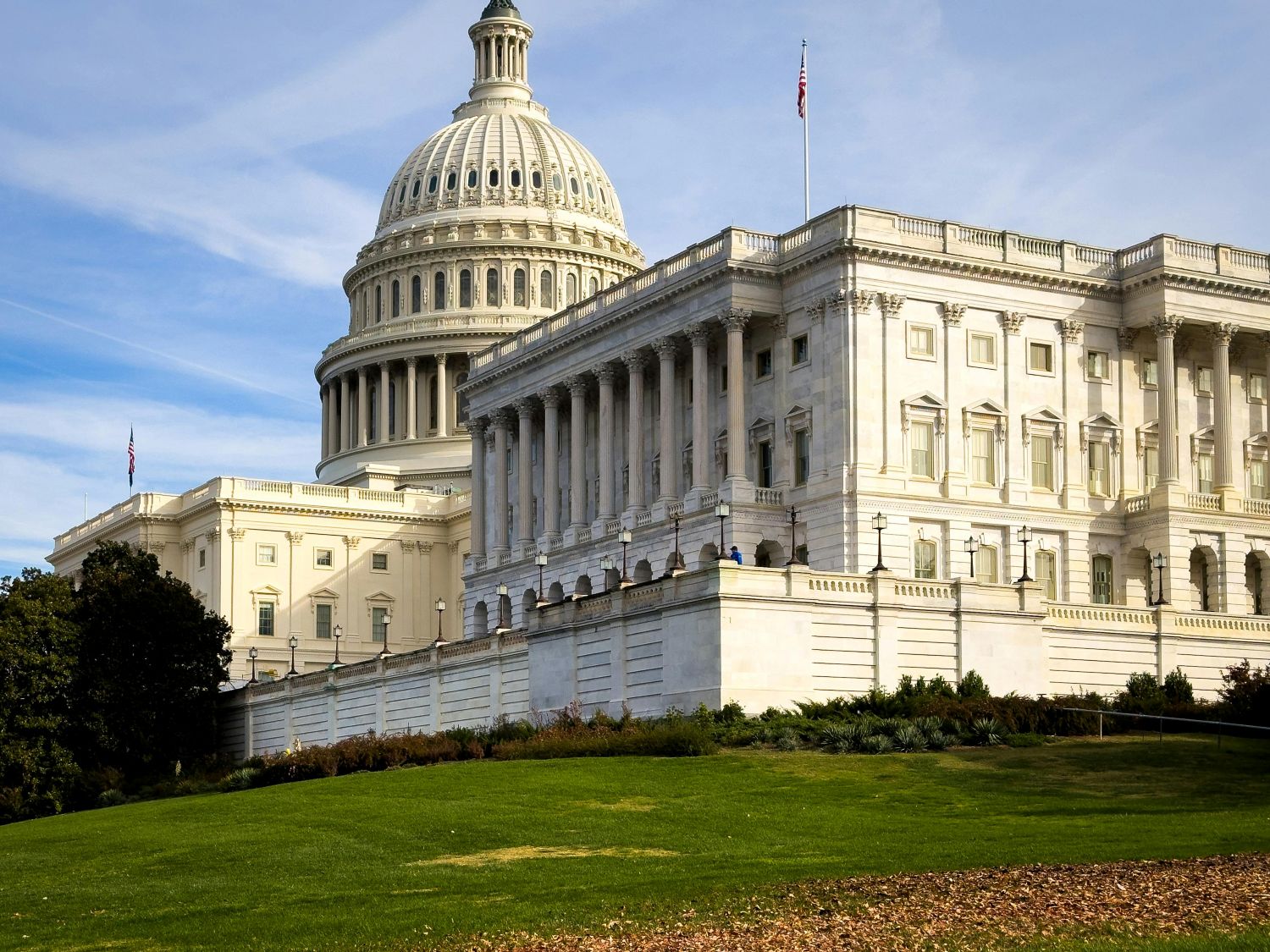Why are rare earth metals important to my portfolio?
Our team employs external financial research from many different economists, analysts and research firms. This research provides valuable input into how we actively monitor and manage your portfolio. Periodically, we share this research with you in addition to our own analysis and market commentary. Linked below is a piece by J.P. Morgan that examines the long-term structural demand for rare earths, which may present an attractive investment opportunity. Enjoy the analysis from J.P. Morgan, and thanks for your confidence in our team at Lineweaver! Please click here to
The benefits of year-end giving
By Mark Sipos, LFG Tax Director The holidays are near and many of you start thinking of giving – whether directly to a loved one or through your favorite charities. Year-end gifting offers two main types of tax benefits: reducing your taxable income through charitable contributions and reducing your taxable estate through gifts to individuals. Gifting to Individuals Gifts to individuals are generally not income tax-deductible for the donor, but strategic gifting can help manage gift and estate taxes. Annual Gift Tax Exclusion: For 2025, you can give up to $19,000 per person to an unlimited number of individuals without any gift tax implications or the need to file a gift tax return (Form 709). Married couples can "gift-split" to give a combined $38,000 per recipient. Lifetime Gift and Estate Tax Exemption: Gifts exceeding the annual exclusion amount are not immediately taxed but reduce your unified lifetime gift and estate tax exemption. For 2025, this exemption is $13.99 million per individual ($27.98 million for a married couple). Direct Payments: Paying a loved one's medical expenses or educational tuition directly to the institution or provider is not considered a taxable gift and does not count against your annual exclusion or lifetime exemption. Gifting Appreciated Assets: Gifting cash is generally simpler. If you gift appreciated assets (like stock) to an individual, their cost basis is the same as yours (the donor's basis). This means th
Why Now is the Best Time for Year-End Tax Planning
By Mark Sipos, LFG Tax Director While the holiday season may seem far away, the final quarter of the year is the most important time to prepare for taxes. Once the calendar turns, your options for reducing tax liability and maximizing savings narrow significantly. Taking action now allows for flexibility and better results. One of the first steps is reviewing income, deductions, and potential tax strategies while there is still time to implement them. For some, it may make sense to defer income to the new year or accelerate expenses into the current year. Charitable contributions and pre-paying certain taxes are additional ways that have the potential to strengthen your tax position before December 31. The new “Senior Bonus," an additional $6,000 per person for those age 65 and over, can be a great opportunity to create tax savings, increase ROTH conversions, and help offset taxes on Social Security income. There are income thresholds that can impact the amount you can deduct, so careful planning is important. Investors should also consider tax-loss harvesting, a strategy that offsets gains with underperforming investments. Starting this process early can help maximize tax benefits and prepare portfolios for the year ahead. Retirement contributions are another key area. Individuals still have time to maximize 401(k), 403(b), 457, Health Savings Accounts, and Flexible Spending Plans. Business owners can take advantage of SEPs, SIMPLEs, or even cas
The investment implications of the government shutdown
Our team employs external financial research from many different economists, analysts and research firms. This research provides valuable input into how we actively monitor and manage your portfolio. Periodically, we share this research with you in addition to our own analysis and market commentary. Linked below is a piece by J.P. Morgan that examines the investment implications of the government shutdown. The federal shutdown, which started Oct. 1, poses three broad problems for the economy, namely, the drag from the shutdown itself, the confusion it is causing on the state of the economy and the fact that it has occurred when the economy was likely already entering a soft patch. Enjoy the analysis from J.P. Morgan, and thanks for your confidence in our team at Lineweaver! Please click here to
The Tax Impact of Lower Interest Rates
By Mark Sipos, LFG Tax Director Federal Reserve interest rate drops indirectly impact taxes by influencing the economy, which can affect how and what you're taxed on. Lower rates can lead to higher asset values or increasing potential capital gains taxes, but they also reduce inflation's effect on tax bracket adjustments, potentially pushing more income into higher tax brackets. Additionally, lower rates encourage borrowing and spending, which can be inflationary and impact future tax policies, and can make certain charitable giving strategies more attractive. Impact on Income and Capital Gains Taxes Inflation and Tax Brackets: Lower interest rates are often linked to slowing inflation. Since federal tax brackets and standard deductions are adjusted for inflation, a slowdown in inflation means smaller adjustments, potentially pushing more of your income into higher tax brackets and increasing your tax liability. Asset Values and Capital Gains: Lower borrowing costs from rate cuts can boost asset values. This increased value can lead to higher capital gains when those assets are sold, potentially resulting in higher capital gains taxes. Higher Interest Income Tax: Lower rates mean lower interest earned on savings accounts and investments, but this lower interest income is still taxable at ordinary income tax rates. Tax-free investments or qualified dividends may be more tax-efficient. Impact on Tax Policy Shifting Tax Structures: Sustained low
Key outcomes of the Federal Reserve’s interest rate decision
By Chad Roope, CFA ®, Chief Investment Officer This month, we highlight the key outcomes of the Federal Reserve (Fed) interest rate decision announced on Sept. 17. Overall, the decision was what we expected. Here is a brief summary: Interest rate cut: The Fed cut its federal funds rate by 0.25 percentage point, lowering the target range to 4.00%–4.25%. This is the first rate cut since December 2024. Voting: The decision was mostly unanimous: 11 out of 12 voting members supported the 0.25-point cut. The sole dissenting vote came from Stephen I. Miran, who preferred a larger cut of 0.50 percentage points. Balance of risks & stance: The Fed noted that growth has moderated, job gains have slowed, and unemployment has edged up, though it still remains low. Inflation remains elevated but isn’t accelerating at the same pace; there’s more concern now about economic weakness and risks to employment. The Fed emphasized that it will carefully assess incoming data and adjust policy as appropriate. Projections / Outlook From the Fed’s Summary of Economic Projections released alongside the decision: GDP growth: The median projection for U.S. real GDP growth in 2025 is about 1.6%, rising modestly in subsequent years. Unemployment rate: The unemployment rate is expected to be around 4.5% in 2025, with slight declines in 2026-2027, barring worse-than-anticipated weakening. Inflation (PCE): Inflation (the PCE m
Tax changes under the One Big Beautiful Bill Act
By Mark Sipos, LFG Tax Director The passage of the One Big Beautiful Bill Act has been one of the most discussed topics coming out of Washington in the past few weeks. LFG Tax Services is diving into the new legislation, deciphering what it means for our clients, and keeping a close watch on tax planning opportunities and IRS interpretations of some of its components. Here are a few highlights we think will be of interest to you: The TCJA rate schedules for tax years beginning after December 31, 2017, are now permanently extended, as well as several key parts of the 2017 Act. No Tax on Tips: A temporary deduction of up to $25,000 in tip income for workers in “customarily tipped” occupations. Individuals phased out for MAGI above $150,000 and Joint filers at $300,000. Expires December 31, 2028. No Tax on Overtime: Temporary above-the-line deduction of $12,500 (single) / $25,000 (joint). Deduction phases out at $150,000 of MAGI (single) / $300,000 (joint), expiring at the end of 2028. The lifetime estate tax exemption has been permanently increased to $15 million (indexed for inflation) per US person. The Act stopped short of a full repeal and would essentially extend the current generous lifetime estate tax exemption. The limit means that only the wealthiest 1% or fewer taxpayers would ever face a tax on their estate after death. The qualified business income deduction under IRC Section 199A is now made permanent at 20%. The phase-in of the limit
Harness the Superpower of Compounding While Reducing “Tax Drag”
By Chad Roope, CFA ®, Chief Investment Officer Compounding is the superpower of investing. Following the Rule of 70, an investment averaging 10% per year will double in just seven years. That’s the kind of growth that builds real wealth over time. But there’s a catch. Anything that slows compounding, even slightly, can have a dramatic impact on your long-term results. One of the biggest threats to that is unnecessary taxes. In the chart below, a JP Morgan analysis shows that a modest 1% annual “tax drag” on a $1 million investment in the U.S. stock market from 2014 to 2024 would have reduced its value by $326,000. At 2%, the loss jumps to $625,000. That’s money that could have been working for you. We all must pay our fair share of taxes. However, we should be very mindful about not paying extra. At Lineweaver, we employ proven, proactive strategies to help reduce unnecessary taxes so you can keep more of your gains compounding year after year. Systematic Tax Loss Harvesting Throughout the course of the year, some investments rise while others fall. That’s diversification for you. But we can help with taxes and get the benefits of diversification at the same time. For example, if a particular company hits a rough patch and we have a loss in the stock in a taxable account, we can sell the stock and harvest the loss to help with taxes. We can then reinvest the proceeds in a different company that we either like better or
Simple ways to spot, avoid and report scams
At Lineweaver, your financial security is one of our highest priorities, and that means staying ahead of potential threats. We are constantly seeking credible, trusted resources to help protect our clients, and when we find information worth sharing, we make it a point to get it into your hands. That’s why we want to share this “Scam Squad Guide” developed by Cuyahoga County’s Department of Consumer Affairs. This valuable resource offers clear, practical strategies to help you recognize, avoid, and report scams before they can cause harm. By understanding how scams work and having a plan in place, you can take an important step toward safeguarding both your personal information and your financial accounts. To read the guide, follow this link: “Scam Squad Guide: Simple ways to spot, avoid and report scams” For those of you who live outside of the county, reach out to your county officials for the appropriate contact information to report a
Are You Ready for the Great Wealth Transfer?
Over the next two decades, Baby Boomers are expected to pass down more than $84 trillion1, making it the largest wealth transfer in U.S. history. For many families, this inheritance represents a life-changing opportunity, but it also comes with important financial challenges. Navigating an Inheritance: What to Do First Before making any decisions, take time to process your loss. Once you’re ready, gather all key legal and financial documents such as wills, trusts, account statements, and property titles. Not all assets are taxed or distributed the same, so understanding what you’ve inherited is essential. For example, an inherited IRA from a non-spouse falls under the SECURE Act and must be emptied within 10 years of the original owner’s death. If a trust is named a beneficiary, the tax bill can hit faster, so it’s important to establish that quickly. A taxable brokerage account is simpler because you get a step 11up in basis to the date 11of 11death value, meaning little or no capital 11gains tax if you sell soon. Non 11qualified annuities are trickier. Earnings come out first and are taxed as ordinary income, and most contracts force you to cash out within five years or start lifetime payouts. Common Inheritance Mistakes to Avoid Without careful estate planning, it’s easy to make costly mistakes. One example is naming a trust as a contingent IRA beneficiary without understanding the tax implications. Another is leaving an IRA to one pers






















 Virteom
Virteom